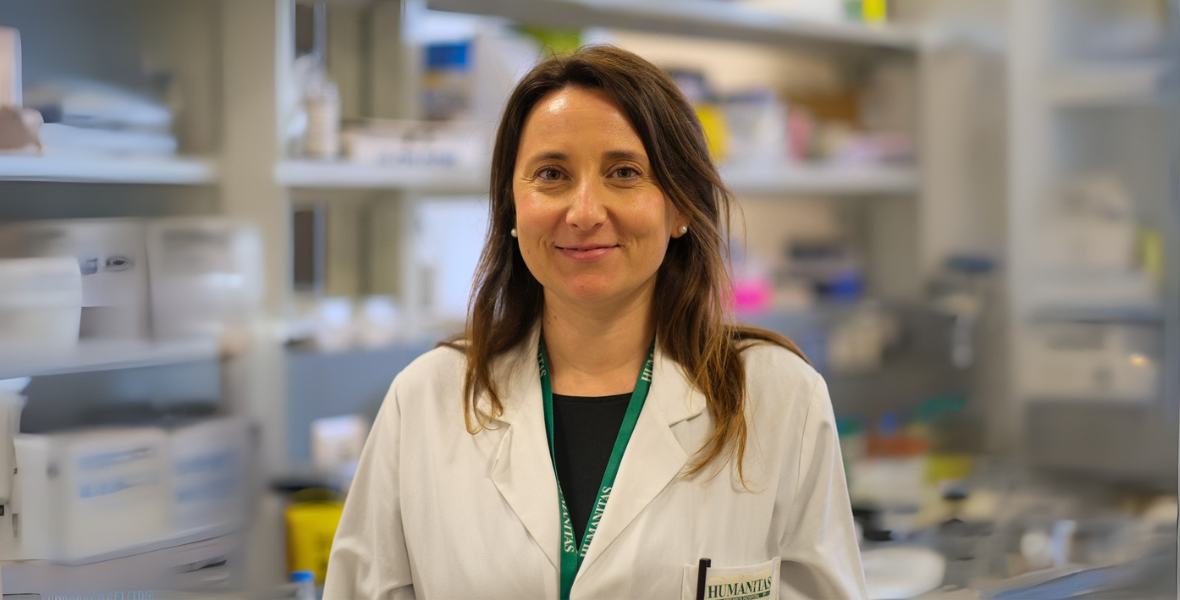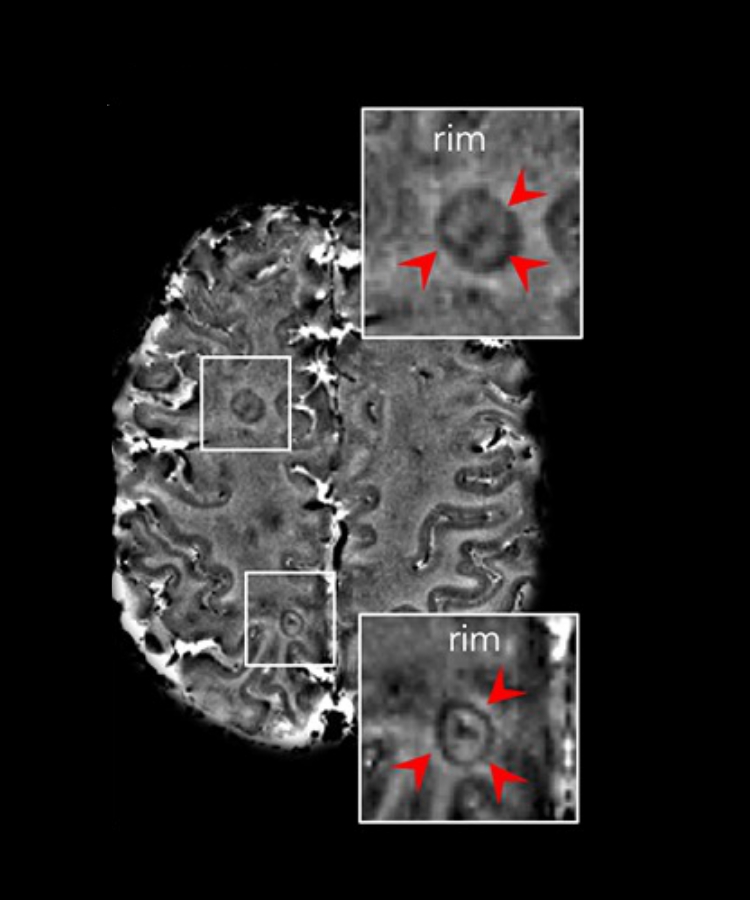Multiple sclerosis: Martina Absinta wins an ERC Grant to pursue the dream of deciphering this disease

The project by the Humanitas researcher, who has been awarded an ERC Starting Grant worth €1.5 million, aims to study the molecular mechanisms underlying multiple sclerosis and identify prognostic markers. Among the most innovative strategies that will be used are single cell analyses and a technique that “rewinds the tape” of cellular life back to the stem cell stage. Genes may pave the way for personalised therapies.
Multiple sclerosis is a degenerative inflammatory disease that can affect different parts of the central nervous system (brain, spinal cord, optic nerve). It involves the loss of myelin, the “insulating sheath” that covers nerve fibers and allows for the rapid and efficient transmission of impulses. It is a multifactorial disease whose causes are still poorly understood. Although there are no definitive cures yet, treatments exist that can slow its progression and reduce the severity and frequency of acute attacks.
Identifying new therapeutic targets capable of controlling disease progression and understanding which patients may benefit most from different treatments is the goal of Martina Absinta, Associate Professor of Neurology at Humanitas University and Head of the Experimental Neuropathology Laboratory at Humanitas Research Institute. With a project called MiST-MS (Microglia Stress Response in Multiple Sclerosis), she has been awarded an ERC Starting Grant 2025, one of the most prestigious international grants for young scientists. This recognition, awarded on a highly competitive basis by the European Commission, will support the project for five years with €1.5 million.
“Multiple sclerosis has always been of great interest to me, because it combines the fields that have fascinated me since university: Immunology and Neuroscience,” says Martina Absinta. “Winning an ERC grant is an enormous professional satisfaction, and it will allow my team to carry out an ambitious study on a disease that affects more than 144,000 people in Italy, with over 3,500 new diagnoses every year.”
Two Lines of Research and Innovative Techniques to ‘Rewind the Tape’ of Cellular Life
MiST-MS includes two major lines of research. The first aims to understand which molecular mechanisms are responsible for premature brain aging linked to chronic inflammation in multiple sclerosis patients. Patient blood or skin cells will be used, which, through specific in vitro treatments, will be reverted to the stem cell stage and subsequently differentiated into microglial cells, the main immune cells within the central nervous system, involved in inflammation. Thanks to this advanced technique, it will be possible to study directly on these cells, using genome editing and next-generation sequencing approaches, what cellular and genetic mechanisms are involved in the process of brain cell senescence. The second line of research, more clinically oriented, stems from an important observation recently made by Martina Absinta’s team. In people with multiple sclerosis, different types of lesions may appear in the central nervous system, with characteristics and consequences that vary depending on the type. Patients with chronic active lesions show reduced tissue repair capacity and less favorable disease progression. These lesions, identified by MRI, appear as “rings” with dark rims.

The goal is to understand how these lesions determine a worse prognosis, by assessing differences in glial and neuronal cell behavior in patients with many chronic lesions compared to patients without them.
Initially, there were no ways to distinguish chronic active lesions from others through MRI, meaning that there was no way to identify early the patients at higher risk of clinical deterioration and disability.
“In 2012 I was working at the National Institutes of Health in the United States, using high-field magnetic resonance imaging (7 tesla), which allowed to achieve exceptional levels of detail. Already from the first patient’s scans, I noticed that some lesions had a dark rim, and others did not. I thought that if those with this feature matched the chronic active lesions that at the time we could only see in autopsies, then we had a marker to distinguish these patients early—and that’s exactly what happened,” explains Martina Absinta. “I devoted the next decade of my research to this aspect, which is now well studied by many other neurologists and researchers, to the point it has reached international consensus. This marker has been also recently included in the diagnostic criteria for multiple sclerosis.” The hope is to increasingly personalize therapies, making them more effective.
The ERC Starting Grant awarded to Martina Absinta adds to three other active ERC grants at Humanitas: the ERC Advanced Grant won in 2022 by Michela Matteoli, Director of the Neuroscience Program at Humanitas Research Institute and Full Professor at Humanitas University, the 2021 ERC Starting Grant obtained by Simona Lodato, Associate Professor at Humanitas University and Group Leader of the Humanitas Neurodevelopment Laboratory, and the 2024 ERC Starting Grant awarded to Carolina Greco, Associate Professor at Humanitas University and Group Leader of the Circadian Metabolism Laboratory at Humanitas Research Institute.
In total, since 2009, 9 ERC grants have been assigned to Research at Humanitas.